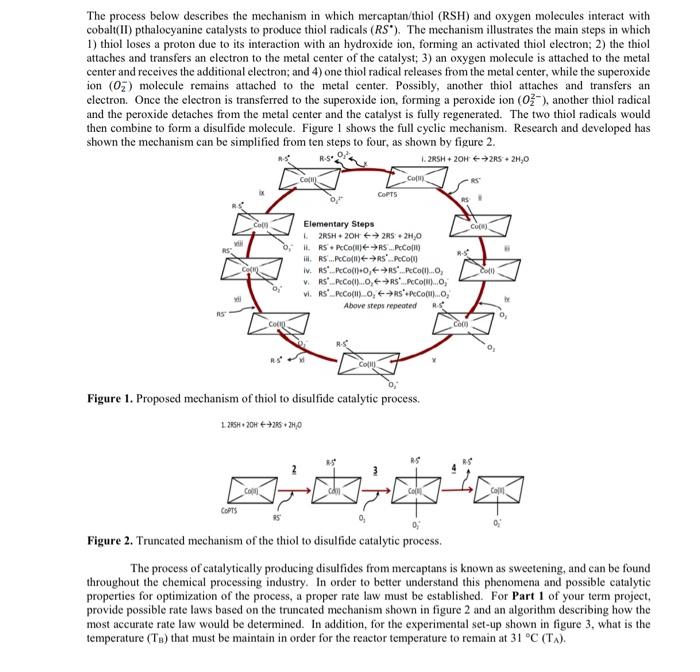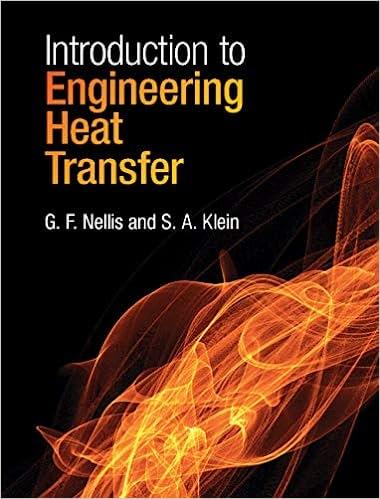Answered step by step
Verified Expert Solution
Question
1 Approved Answer
kinetics The process below describes the mechanism in which mercaptan/thiol (RSH) and oxygen molecules interact with cobalt(II) pthalocyanine catalysts to produce thiol radicals (RS). The
kinetics 
The process below describes the mechanism in which mercaptan/thiol (RSH) and oxygen molecules interact with cobalt(II) pthalocyanine catalysts to produce thiol radicals (RS). The mechanism illustrates the main steps in which 1) thiol loses a proton due to its interaction with an hydroxide ion, forming an activated thiol electron; 2) the thiol attaches and transfers an electron to the metal center of the catalyst: 3) an oxygen molecule is attached to the metal center and receives the additional electron; and 4) one thiol radical releases from the metal center, while the superoxide ion (02) molecule remains attached to the metal center. Possibly, another thiol attaches and transfers an electron. Once the electron is transferred to the superoxide ion, forming a peroxide ion (0%), another thiol radical and the peroxide detaches from the metal center and the catalyst is fully regenerated. The two thiol radicals would then combine to form a disulfide molecule. Figure 1 shows the full cyclic mechanism. Research and developed has shown the mechanism can be simplified from ten steps to four, as shown by figure 2. 12RSH + 20H205 2,0 R-S 0, Com Com COPTS Cool Elementary Steps Coca L2RH20H2RS 2H,0 0, l. RS.PcCo...Peco) ii. RS...PcColl RSPColl Cot W. Sco(), S.Pecoll...o Coro V.RS' Peco(l)..0, Coff). W. RS' PeCo(I)_0, RSPeCou..., Above steps repeated RE Cop Com 0 0 Colle Figure 1. Proposed mechanism of thiol to disulfide catalytic process. 1. 266- 20H + -+25 + 2H 0 2-333-2 Com Colu com CEPTS Figure 2. Truncated mechanism of the thiol to disulfide catalytic process. The process of catalytically producing disulfides from mercaptans is known as sweetening, and can be found throughout the chemical processing industry. In order to better understand this phenomena and possible catalytic properties for optimization of the process, a proper rate law must be established. For Part 1 of your term project, provide possible rate laws based on the truncated mechanism shown in figure 2 and an algorithm describing how the most accurate rate law would be determined. In addition, for the experimental set-up shown in figure 3. what is the temperature (Te) that must be maintain in order for the reactor temperature to remain at 31 C (TA) 
Step by Step Solution
There are 3 Steps involved in it
Step: 1

Get Instant Access to Expert-Tailored Solutions
See step-by-step solutions with expert insights and AI powered tools for academic success
Step: 2

Step: 3

Ace Your Homework with AI
Get the answers you need in no time with our AI-driven, step-by-step assistance
Get Started


